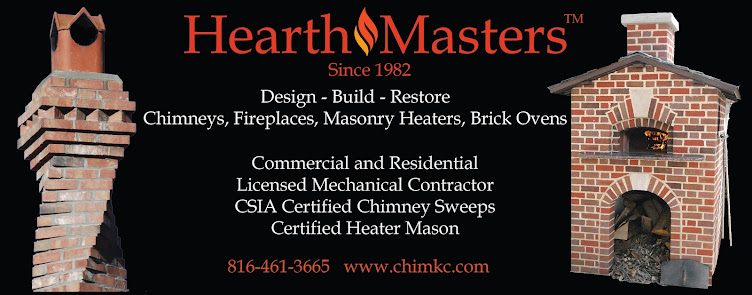HearthMasters
Publishing announces the release of Wood-fired Heating and Cooking: How to
choose, maintain, and operate a wood-fired appliance
Kansas City,
Missouri, November 4, 2021
Wood-Fired
Heating & Cooking is a guide for homeowners, preppers, and homesteaders who
are planning to install a wood-fired heating appliance, improve their existing
masonry fireplace, or install a wood-fired cooking appliance. Industry veterans
Gene and Marge Padgitt explain how each type of appliance works and how to
properly locate, operate, and maintain them.
Heating
appliances covered in this book are masonry fireplaces, Rumford fireplaces,
circulating fireplaces, furnaces, wood-burning fireplace inserts, freestanding
stoves, masonry heaters, and rocket mass heaters. Wood selection and
preparation is included. Cooking appliances discussed are wood-burning indoor
cook stoves, indoor and outdoor brick ovens and oven kits, Tandoori ovens,
grills, and campfires along with cooking tools and utensils.
The authors
provide references and suggested reading, online groups, and educational
resources. A bonus section contains delicious recipes for cooking with a
wood-fired appliance by the authors.
The release
of Wood-Fired Heating and Cooking comes at a time when people are thinking about
being self-sufficient and prepared for any disaster or power outage. The book
is an excellent resource for persons who need help trying to navigate through
all of the choices available to heat their home or cook with a wood-fired
appliance.
Marge and Gene are available for radio interviews.
Contact:
Marge
Padgitt
hearthmasters.office@gmail.com
816-461-3665









